Although the film slitting machine is not the core process equipment, it plays an indispensable role in the flexible display industry chain as a key "finishing" and "bridge" equipment. It is directly related to the quality, cost and production efficiency of the final product. With the iteration of flexible display technology and the expansion of market demand, film slitting machines are ushering in a major opportunity for high-precision, intelligent and integrated development.
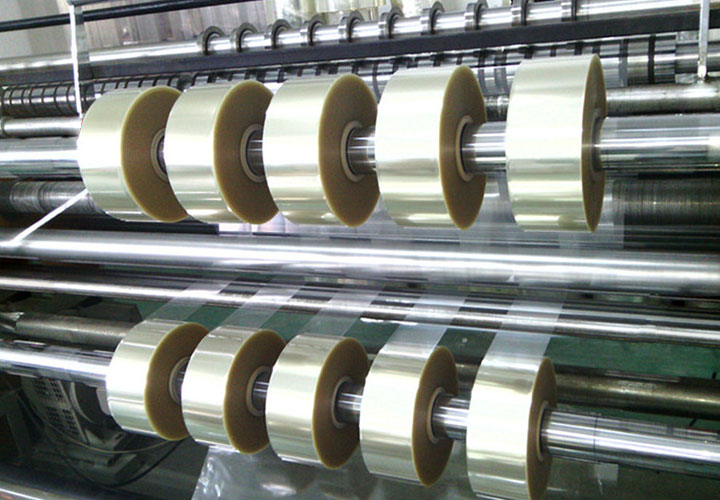
First, core roles: "fine tailors" and "quality sentinels" in the industrial chain
In the flexible display industry chain, the film slitting machine is located in the middle and rear section, and its main role is to cut the large-width, roll-to-roll functional film produced by upstream coating, coating and other processes into narrow rolls of specific width according to the needs of downstream panel manufacturers (such as OLED production lines).
Its specific role is reflected in the following aspects:
1. Dimensional Transformer
◦ Upstream raw materials (such as CPI film, PET substrate, polarizer, cover window, various functional film layers, etc.) are usually produced in large rolls with a width of more than 1 meter to pursue scale effects and low cost.
◦ Equipment such as evaporation, etching, and lamination on the downstream panel manufacturing end have specific width requirements (for example, for specific mobile phones or folding screen sizes).
◦ The slitting machine perfectly solves this contradiction, realizing the precise conversion from "raw material" width to "production line applicability" width, which is a key hub connecting materials and panel manufacturing.
2. Quality Guardian
◦ Edge quality: The slitting process must produce clean, burr-free, and flang-free edges. Any minor defect can become a "fatal injury" that leads to product scrap in the subsequent precision bonding and etching process.
◦ Dust-free and low damage: Friction and static electricity during the slitting process will generate dust and scratches. The high-end slitting machine minimizes the physical damage and pollution to the film material through the clean room environment, ion air rod, special circular knife process, etc., and ensures the cleanliness and optical performance of the film material.
◦ Tension Control: The precise servo tension control system is the soul of the slitting machine. It ensures that the membrane is subjected to uniform forces during slitting and unwinding, preventing wrinkling, tensile deformation, or telescoping, which is essential for ultra-thin, deformable, flexible films.
3. Efficiency & Cost Controller
◦ The high-speed, high-stability slitting machine can greatly improve the slitting efficiency of raw materials, reduce downtime, and reduce the unit production cost.
◦ High-precision slitting minimizes edge trim loss and improves material utilization, which translates to significant cost savings for expensive functional optical films.
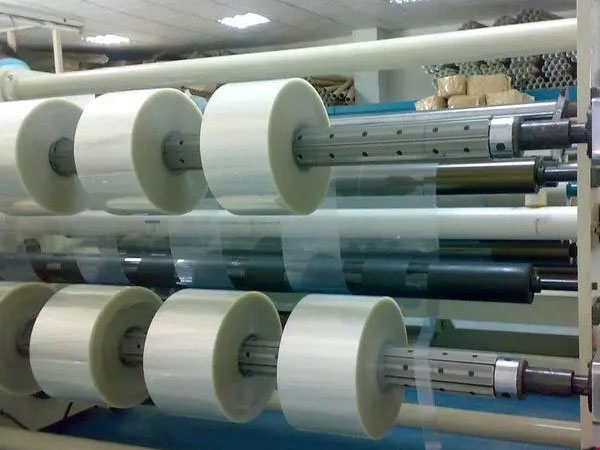
Second, opportunities and development trends
The rapid development of flexible display technology has put forward higher requirements for film slitting machines, and has also brought huge market opportunities.
1. Ultra-High Precision
◦ Opportunity: Next-generation display products such as folding and curly screens require narrower bezels (or even no bezels) and precision stacking of multiple layers of films. This places near-demanding requirements on slitting accuracy (width tolerance ±10 μm or more) and trimming quality.
◦ Development: Servo motors with higher precision, linear guides, visual edge systems (CCDs), laser rangefinders, etc. will become standard configurations of high-end slitting machines.
2. Diverse Material Processing
◦ Opportunities: The film materials used in flexible displays are becoming increasingly diverse, from traditional PET/PI to more advanced ultra-thin glass (UTG), metal mesh touch film, nano silver wire film, etc. The physical properties (hardness, toughness, brittleness) of each material are different, requiring different process adaptation capabilities of slitting machines.
◦ Development: Laser slitting technology ushers in opportunities. For fragile materials such as UTG and rigid composite film, traditional mechanical blade slitting is prone to micro-cracks, while lasers (ultraviolet laser, picosecond laser) can achieve non-contact, stress-free high-quality slitting in a "cold working" way, which has obvious advantages.
3. Smart & IoT Integration
◦ Opportunity: Under the trend of Industry 4.0, downstream customers want equipment to not only be produced, but also provide data support.
◦ Development: The slitting machine will integrate more sensors to monitor blade status, tension fluctuations, dust levels, etc. in real time. Through the MES system to upload data, predictive maintenance (early warning of tool change time), traceability of the whole production process (quality data of each small volume can be checked), and process parameter optimization (automatically adjust the optimal slitting parameters through AI algorithms), comprehensively improve the level of intelligence.
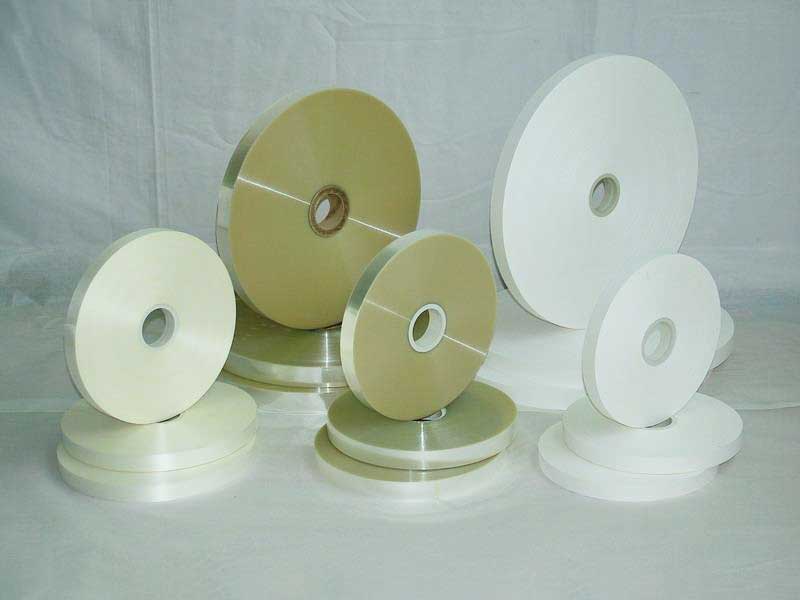
4. The Need for Full Automation
◦ Opportunity: In order to reduce manual intervention, reduce the risk of contamination, and improve efficiency, panel factories want to realize a fully automated process from raw material upwinding, slitting, to unwinding and packaging.
◦ Development: Automatic rolling up and down rolling system, automatic labeling system, and automatic packaging system linked with AGV/manipulator will become an integral part of the high-end slitting machine production line.
5. Market Expansion
◦ Opportunities: Global flexible OLED panel production capacity continues to expand, especially in China. New application scenarios such as folding screen mobile phones, wearable devices, and in-vehicle displays continue to emerge, driving the growth of the entire functional film market.
Third, summary
The film slitting machine is a typical "technology-enabled" auxiliary equipment in the flexible display industry chain. Its value lies not in creating core functions, but in guaranteeing, enhancing and realizing the value of core materials.
• Current role: An indispensable "quality sentinel" and "efficiency engine".
• Future opportunities: Keep up with the pace of flexible display technology and evolve in the direction of higher precision (mechanical/laser), smarter (IoT/AI), more versatile (multi-material adaptation) and more automation.
For slitting equipment manufacturers, only by continuing to carry out technological innovation and deeply understanding the process requirements of downstream panel manufacturing and material science can they seize the huge opportunities brought by the explosion of the flexible display industry and upgrade from a simple "cutting machine" to a high-end precision equipment provider with high added value.
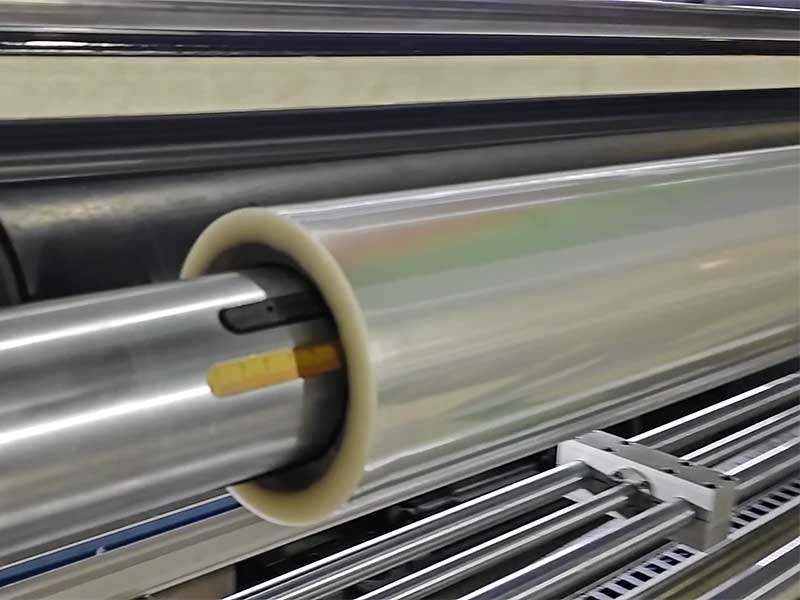
The intelligent control design of the new generation of film slitting machine represents the transformation of industrial equipment from "tool" to "partner".
20. December, 2025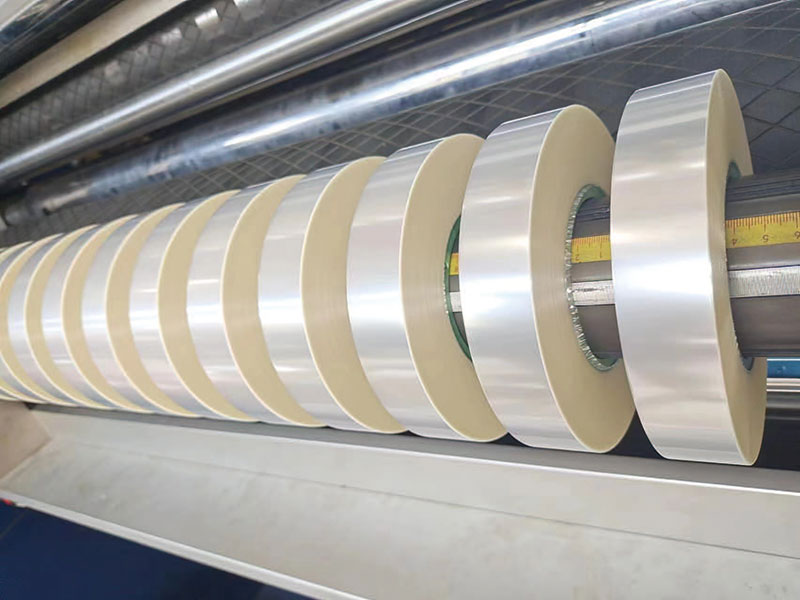
Achieving continuous 1,000 hours of trouble-free operation requires not only systematic technical upgrades, but also all-round innovation from design concept to maintenance strategy.
20. December, 2025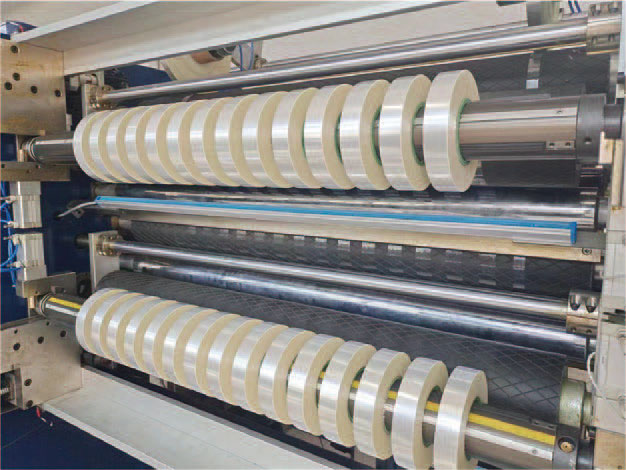
In the face of a dazzling array of models on the market, how to make informed decisions when purchasing?
20. December, 2025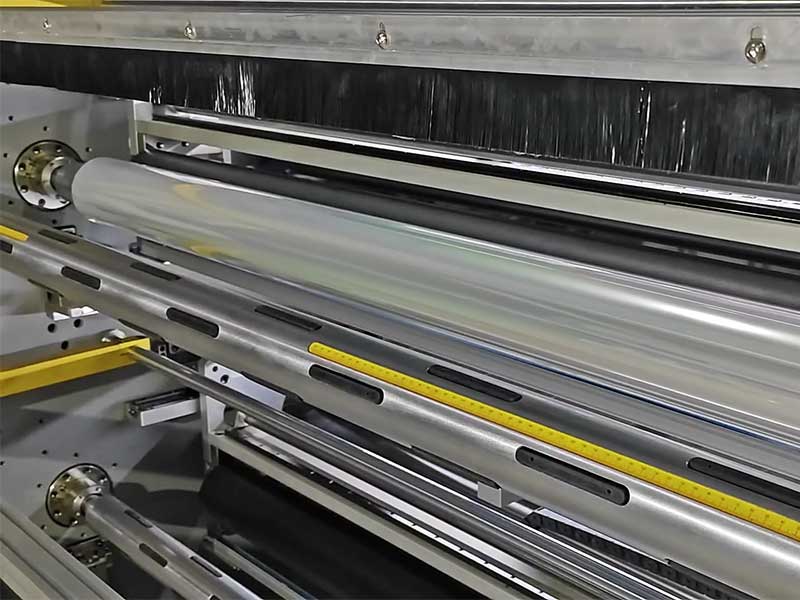
These film materials need to be precisely cut into different widths during the production process to meet the needs of various models and components.
10. December, 2025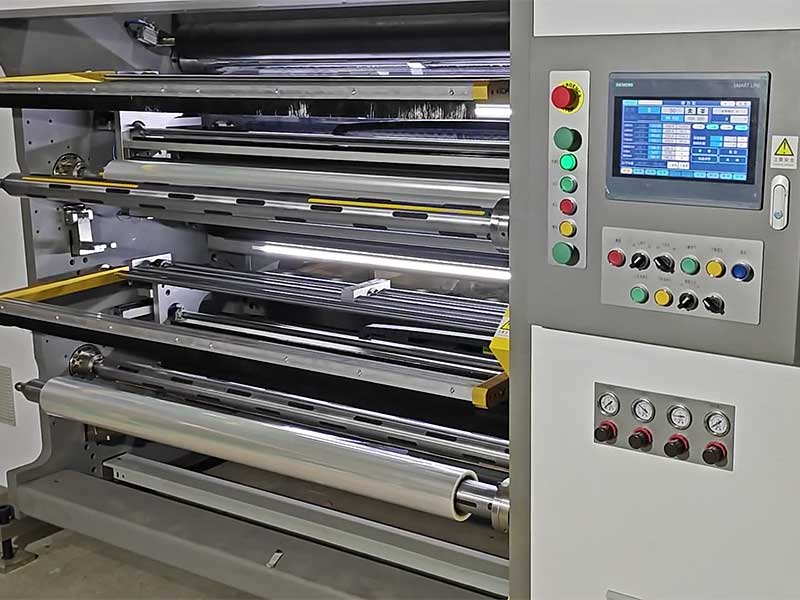
The automotive film slitting machine, an increasingly intelligent "cutting knife", is accurately cutting out redundant costs, inefficient processes and backward production methods.
10. December, 2025